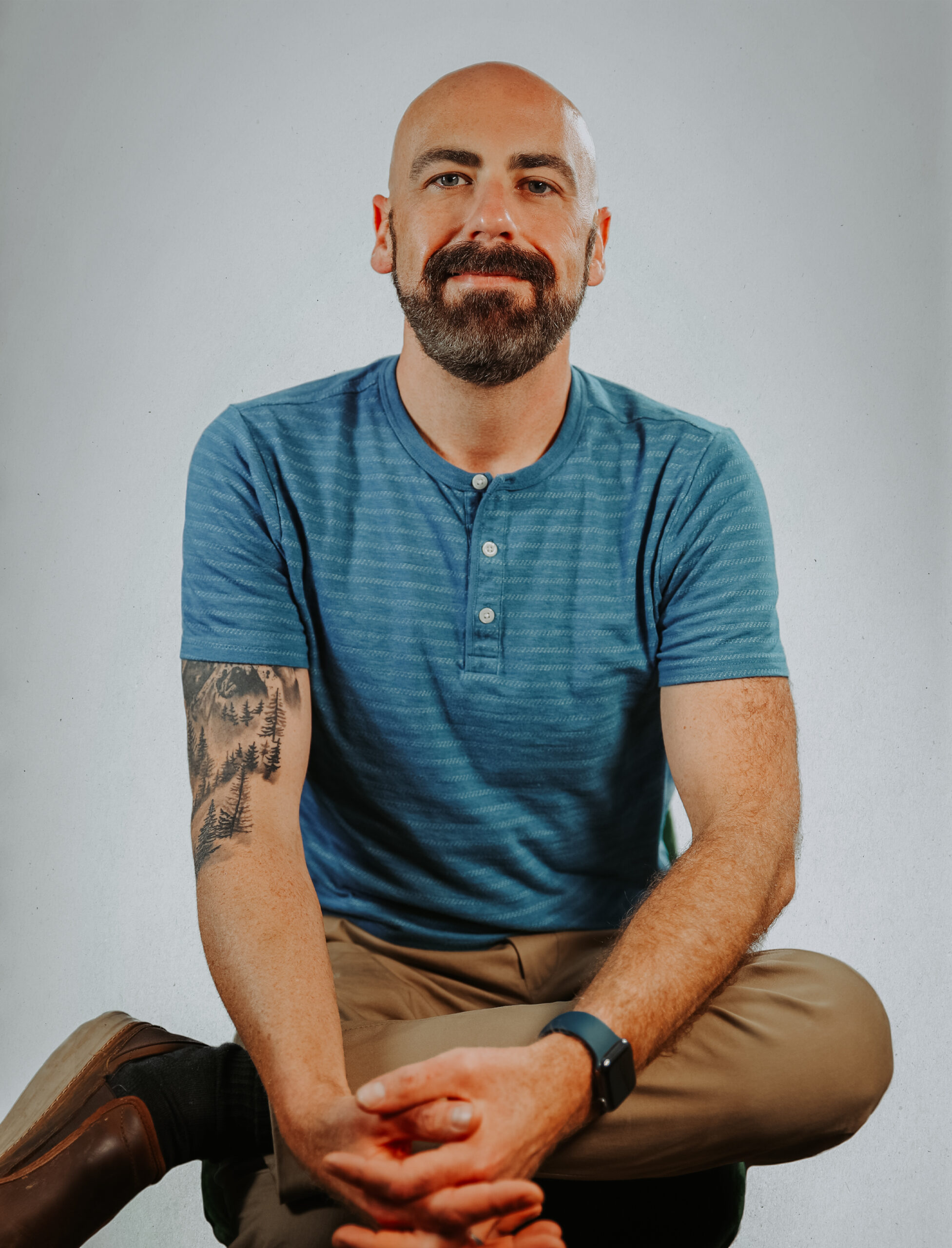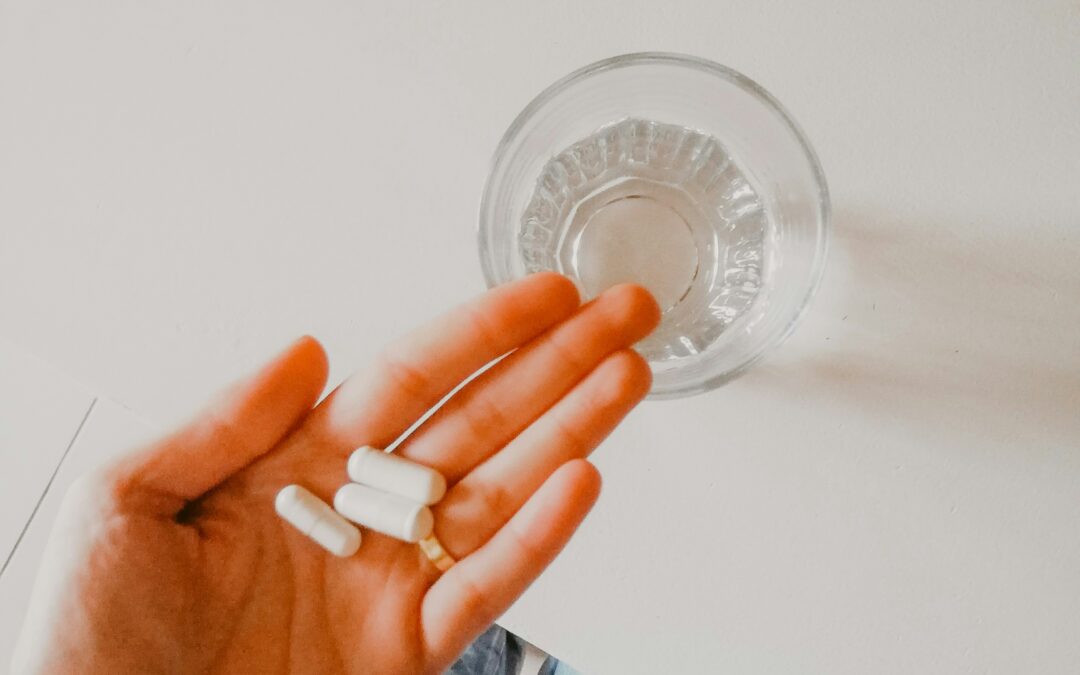our blogs
Current Post

Men’s Mental Health: “Boys Don’t Cry.”
John Danso, MSW, LSW
Counselor, Insight Clinical Counseling and Wellness, LLC
As a clinician and an educator, I debated on which direction to go on this topic. Do I write this from a clinical or personal perspective? How do I make the most impact by raising awareness? I came to the conclusion that writing from both perspectives seemed most appropriate despite knowing that my personal journey will forever be out there. Self-disclosing can only benefit the conversation on men’s mental health care by creating transparency.
As a man and as a clinician, the experiences I lived provide the opportunity for deeper connections with clients and fellow colleagues on this issue. As professionals, we can and must do better. Publicly sharing our own struggles with mental health sheds light into the darkness. Personal transparency on this issue increases the impact of our advocacy and awareness efforts. If I can help one man break free from the stigma and recover, then I have done my job as a professional and frankly as a human.
My journey with mental health and wellness embarked under the mantra of “boys don’t cry.” Growing up, I was taught that showing emotions was a violation of an unspoken, yet understood, male code. I came to believe that shrouding anxiety and depression under a cloak of secrecy was expected. An expectation that I met for decades.
Looking back, the periods of severe anxiety and depression I endured were often marked with suicidal ideation in one form or another. The despair I felt during those severe episodes conceded the notion that leaving this plane of existence was a viable option, sometimes the only option, to make the pain stop. People close to me often would ask if I was ok. They noticed the signs. I would tell them I was fine. Then I continued to march on. Feeling isolated and closed off, I suffered alone for years. Eventually, my symptoms of mental illness reached a flash point.
Facing serious consequences, I sought professional help for the first time in my life. By this point, my symptoms had become so severe that a short time later I was involuntarily admitted, also known as pink slipped, to a psychiatric hospital. I was not verbally communicating suicidal thoughts or engaging in acts of suicide, but those closest to me saw the deterioration of my mental health leading them to do for me what I could not do for myself. I was angered, ashamed, and in complete denial. They were unaware of the preparatory acts of suicide that were well underway in the weeks leading up to being hospitalized.
Unbeknownst to them, I started an excel document. The spreadsheet contained information that I perceived as necessary and important for those surviving my absence. It included detailed information regarding various financial accounts, insurance policies, and financial obligations. In hindsight, I now recognize that as a preparatory act of suicide. I am one of the fortunate. I had a social network, albeit significantly eroded at that time by persistent mental illness, that served as a protective factor against suicide. I was closer to an act of completed suicide than they knew. Hell, more than I knew.
My entry into the service continuum of mental health care was not a destination but rather the beginning of my journey. Initially, I was misdiagnosed but, maintaining connection to those services proved crucial in accurately identifying and appropriately labeling the collection of symptoms present. It is shown that consistent engagement in mental health services reduces suicidal ideation, and therefore risk, by 49% (Jackson et al., 2022).
Once receiving an appropriate diagnosis, treatment gave me the tools and support to work my way out of the darkness in a way that I could not do alone. My life exponentially changed for the better in ways I never thought possible. I began to realize that I was no longer alone. I recovered. I am still recovering. I often wonder why I suffered in silence for so long. There are reasons why men suffering alone is more normal rather than the exception.
We live within a culture of toxic masculinity that perpetuates stigma regarding men’s mental health. Society tells men to “man up” and “don’t act like a sissy” when we show emotional vulnerability or sensitivity because “boys don’t cry,” leaving many of us to struggle in silence. A struggle that consequently attributes to increased rates of suicide among men. Men attempt suicide at rates of 3-4 times when compared to women (Liddon et al., 2018). Men make up 49% of the population but 80% of suicides (CDC, Suicide data and statistics 2022). Yet, men are less likely than women to seek help (House et al., 2020). Let’s unpack this.
Let’s break down suicidal ideation.
According to the National Library of Medicine (2022),“suicidal ideations (SI), often called suicidal thoughts or ideas, is a broad term used to describe a range of contemplations, wishes, and preoccupations with death and suicide.”
Let’s define stigma.
According to psychiatry.org, “Stigma is defined by three types:
Public stigma involves the negative or discriminatory attitudes that others have about mental illness.
Self-stigma refers to the negative attitudes, including internalized shame, that people with mental illness have about their own condition.
Institutional stigma, is more systemic, involving policies of government and private organizations that intentionally or unintentionally limit opportunities for people with mental illness. Examples include lower funding for mental illness research or fewer mental health services relative to other health care.”
Let’s explore toxic masculinity.
According to Verywellmind.com,
“Toxic masculinity isn’t just about behaving like a man. Instead, it involves the extreme pressure some men may feel to act in a way that is actually harmful.”
There are many definitions of “toxic masculinity” that appear in research as well as pop culture. Some researchers have come to agree that toxic masculinity has three core components:
Toughness: This is the notion that men should be physically strong, emotionally callous, and behaviorally aggressive.
Antifeminity: This involves the idea that men should reject anything that is considered to be feminine, such as showing emotion or accepting help.
Power: This is the assumption that men must work toward obtaining power and status (social and financial) so they can gain the respect of others.”
It is time to flip the script on these definitions as toxic traits. Through indoctrination guided by antiquated social constructs we are taught from birth that to be a man is to be strong and self-reliant. Therefore, being vulnerable and sharing our feelings is viewed as a weakness that makes us inferior to other men. The product, overwhelming feelings of guilt, shame, and self-doubt. Somehow, we are left thinking that carrying the devastating burden of our depression, anxiety, and other latent symptoms of mental illness alone is less risky than sharing our vulnerability with others.
Blinded by inherent constructs of toxic masculinity, by and large we do not seek help. Alone we stoically traverse down a dangerous, ever-changing path that descends into a seemingly endless pit of darkness and despair marked with unfathomable pain and suffering. Suffering that inconceivably annihilates our mental and physical health culminating a breeding ground of self-rationalization that allows for justification of engaging in harmful behaviors that significantly elevate our risk of serious, non-fatal and fatal acts of suicide.
We do not know the exact thoughts of someone leading up to their death by suicide. We can begin to understand what drives us there by sharing our stories and listening to others that survive. Survivors of an unsuccessful act of suicide often report feelings of relief as they did not want to die but rather needed to end the mental anguish (Shamsaei et al., 2020). Additionally, surviving an act of suicide often has unintended consequences such as permanent psychological and physical injury (Shamsaei et al., 2020). We can eliminate the stigma, therefore reducing the risk of non-fatal and fatal acts of suicide.
The time is now for men, for us, to speak up and out for the sake of our brethren. Let’s normalize the practice of men seeking mental health services by openly and publicly sharing our experience, strength, and hope. As men, we need to embody the idea of men seeking help as an act of courage and strength because it is. Afterall, being strong in the face of adversity is the hallmark of masculinity. Showing up for ourselves within the continuum of mental health care takes tremendous courage, grit, and determination. We need to highlight that. We do cry, but we no longer must cry in silence.
If you or a loved one are experiencing thoughts of suicide, please call the Suicide and Crisis Lifeline by dialing 988. There is help, and more importantly hope. It gets better. We do recover.
References:
Olfson, M., Cosgrove, C. M., Alterkrus, S. F., Wall, M. M., & Blanco, C. (2022). Living Alone
And Suicide Risk in the Unite States, 2008 – 2019. American Journal of Public Health,
112(12), 1774-1782.
House, J., Marsali, P., Lister, M., & Brown, J. S. L. (2018). Male views on help-seeking for
Depression: A Q methodology study. Pscyhology & Psychotherapy: Theory, Reseach,
Practice, 91(1), 117-140.
Liddon, L., Kingerlee, R., & Barry, J. A. (2018). Gender differences in preferences for
psychological treatment, coping strategies, and triggers to help-seeking. British Journal of Clinical Psychology, 57(1), 42-58.
Rice, S. M., Kealy, D., Treeby, M. S., Ferlatte, O., Oliffe, J. L., & Ogrodnicczuk, J. S. (2018).
Male guilt – and sham-proneness: The Personal Feelings Questionnaire (PFQ-2 Brief).
Archives of Pyschiatry & Psychotherapy, 20(2), 46-54.
Shamsaei, F., Yaghmaei, S., & Haghighi, M. (2020). Exploring the lived experiences of the
Suicide attempt survivors: a phenomenological approach. International Journal of
Qualitative Studies on Health & Well-Being, 15(1), 1-11.
Jackons, J., Farr, M., Birnie, K., Davies, P., Mamluk, L., O’Brien, M., Spencer, J., Morgan, R.,
Costello, C., Smithh, J., Banks, J., & Redaniel, M. T. (2022). Preventing male suicide
through a psychosocial intervention and provides psychological support and tackles
financial difficulties: a mixed method evaluation. BMC Psychiatry, 22(1), 1-12.
Centers for Disease Control and Prevention. (2022, June 28). Suicide data and statistics. Centers
for Disease Control and Prevention. Retrieved December 2, 2022, from
https://www.cdc.gov/suicide/suicide-data-statistics.html
“Stigma, Prejudice and Discrimination against People with Mental Illness.” Psychiatry.org – Stigma, Prejudice and Discrimination Against People with Mental Illness, https://www.psychiatry.org/patients-families/stigma-and-discrimination
Morin, Amy. “What Is Toxic Masculinity?” Verywell Mind, Verywell Mind, 14 Nov. 2022, https://www.verywellmind.com/what-is-toxic-masculinity-5075107.
Harmer B, Lee S, Duong TVH, Saadabadi A. Suicidal Ideation. 2022 May 18. In: StatPearls
[Internet]. Treasure Island (FL): StatPearls Publishing; 2022 Jan–. PMID: 33351435.
Latest Posts

Psychotropic Medication: Is It Right for You?
We take medication when we have a virus, disease, pain, and/or chronic physical illness, in which most of the time we don’t think twice about taking. When it comes to medication for mental health, that is often stigmatized by us, as individuals, and the community around us. Psychotropic medication can typically fall under the following types: Anti-anxiety, anti-depressant, mood stabilizer, and antipsychotics.

Take a Moment – Mental Health Awareness Month
May is mental health awareness month, and this year’s campaign is “Take a Moment.” The National Alliance on Mental Illness (NAMI) promotes mental health year round; however during this green ribbon recognition month, they are promoting “Take a Moment.”

What is Dialectical Behavior Therapy (DBT)?
Are you struggling to regulate your emotions? Would you like to learn how to respond to difficult situations more effectively? If you’re human, I bet you answered yes to one or both of these questions! However, sometimes emotions can be experienced too quickly, too frequently, and too intensely. If this is your experience, Dialectical Behavior Therapy (DBT) can help!
Request Appointment
Contact

Copyright © 2024 Insight Clinical Counseling & Wellness, LLC. All Rights Reserved.

Our Locations
follow us
Instagram
Facebook
LinkedIn